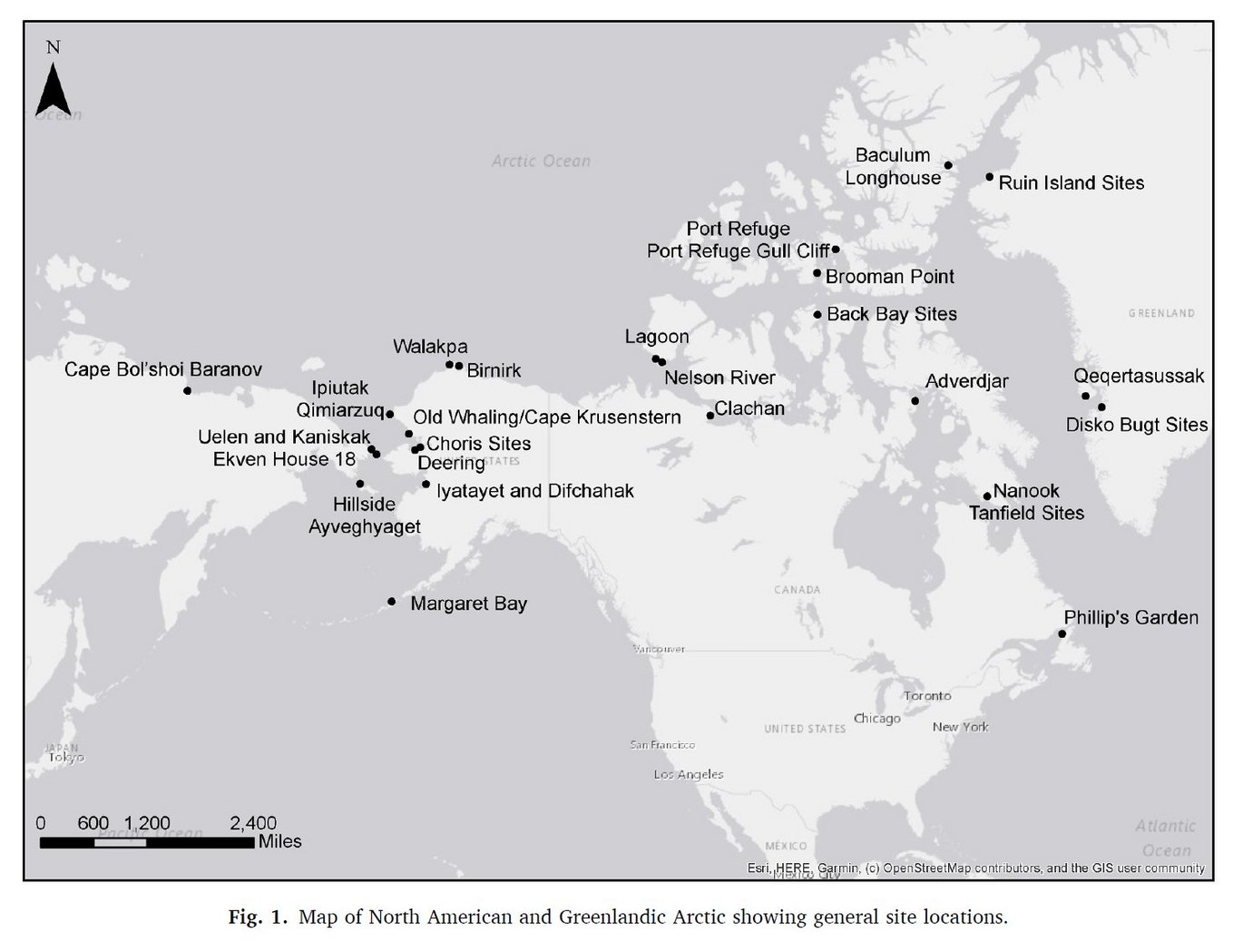Cultural macroevolution in the middle to late Holocene Arctic of east Siberia and north America
New publication by Anna Marie Prentiss, Matthew J. Walsh, Erik Gjesfjeld, Megan Denis, Thomas A. Foor.

A fundamental debate in evolutionary theory concerns the scale of evolutionary process. For cultural evolution, it is well understood that cultural elements on the scales of basic units of information (i.e. how to manufacture a lithic tool) change over time. We also recognize change in more complexly integrated cultural traditions spanning composite technologies to the fundamentals of social and political systems. The question remains as to whether change in the latter entities is a byproduct of evolution on lower scales leading to blended higher level entities or if evolutionary process actually unfolds on higher integrated scales. This study poses a test of the opposing hypotheses that evolution acts on the highest (species-like) scale versus the lowest (ephemeral traits) scales using data from the Middle to late Holocene Siberian and American Arctic. Results of modelling using Bayesian phylogenetic and Neighbor Network procedures suggest that two distinct Arctic cultures, termed Paleo-Inuit and Neo-Inuit, evolved as species-like entities. Once established each evolved further on lower scales leading to blended within-group outcomes. We argue that cultural evolution is best understood as a process that can simultaneously act on multiple scales.
